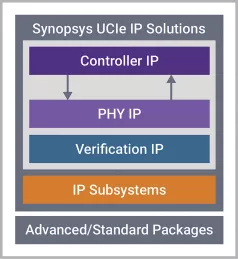Other
All offers in
Other
Filter
Compare
33
Other
from
7
vendors
(1
-
10)
-
Intra-panel TX PHY IP
- The Intra-panel TX PHY IP is a low-power transmitter designed for COG (Chip-on-Glass) and COF (Chip-on-Film) display modules.
- It supports data rates up to 4.0Gbps, utilizing a DC-coupled differential pair and a push-pull current mode driver with 600mV swing and 6dB pre-emphasis, enabling high-speed and reliable panel-to-display communication.

-
Die-to-Memory (D2M) PHY
- Unlike fixed unidirectional die-to-die solutions, NuLink technology is able to deliver low-power and high-performance D2M solutions.
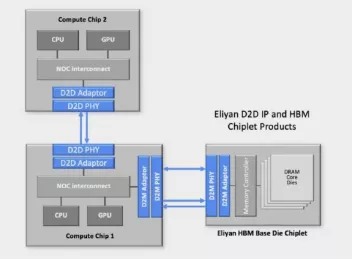
-
Die-to-Die PHY
- The NuLink technology delivers low-power and high-performance D2D IP core products, which support multiple industry standards and are available on both standard and advanced packaging.
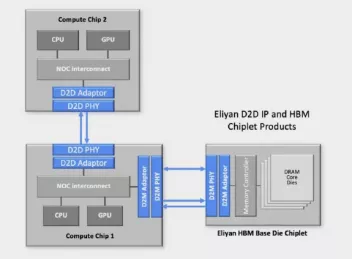
-
<4Gbps Low Power D2D Interface in TSMC 16nm & 28nm
- A <4Gbps, Wide I/O Compatible, Die to Die Interface in TSMC 16nm and 28nm.
- This silicon proven die to die interface includes IP in both TSMC 16nm FFC/FFC+ and 28nm HPM/HPC/HPC+.
- The I/O cells for both versions of the library are defined as TX only and RX only.

-
Low Power D2D Interface in TSMC 16nm FFC/FFC+
- This library is a production-quality, silicon-proven custom Die-to-Die high speed interface available in TSMC’s 16nm process.
- The I/O cell is bidirectional, has two modes of operation: standard full rail to rail swing, or a custom low noise pseudo-differential interface.
- The RX cells have a weak pull-down feature.
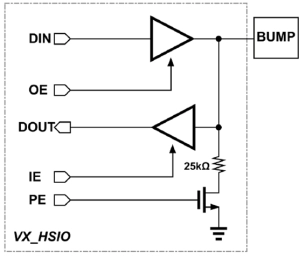
-
Die-to-Die, High Bandwidth Interconnect PHY Ported to TSMC N7 X24
- Delivers up to 4Gbps per pin with up to bidirectional 2 Tbps/mm of die edge
- High-bandwidth, low-power, low-latency multi-channel PHY in applications requiring connections between dies within a package
- Compliant with Intel Advanced Interface Bus (AIB) v1.1 standard
- Compliant with IEEE 1149.1 (JTAG), 1149.6 (AC JTAG) for easy integration with SoC testability framework
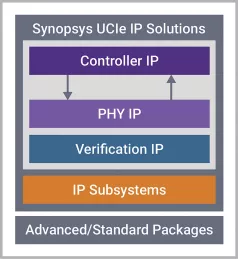
-
Die-to-Die, High Bandwidth Interconnect PHY Ported to TSMC N5 X24, North/South (vertical) poly orientation
- Delivers up to 4Gbps per pin with up to bidirectional 2 Tbps/mm of die edge
- High-bandwidth, low-power, low-latency multi-channel PHY in applications requiring connections between dies within a package
- Compliant with Intel Advanced Interface Bus (AIB) v1.1 standard
- Compliant with IEEE 1149.1 (JTAG), 1149.6 (AC JTAG) for easy integration with SoC testability framework

-
Die-to-Die, AIB 2.0 PHY Ported to Intel 16, North/South (vertical) poly orientation
- Delivers up to 4Gbps per pin with up to bidirectional 2 Tbps/mm of die edge
- High-bandwidth, low-power, low-latency multi-channel PHY in applications requiring connections between dies within a package
- Compliant with Intel Advanced Interface Bus (AIB) v1.1 standard
- Compliant with IEEE 1149.1 (JTAG), 1149.6 (AC JTAG) for easy integration with SoC testability framework
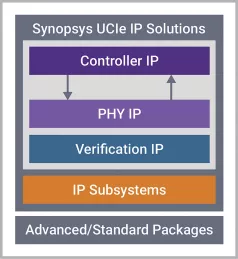
-
Die-to-Die, 112G Ultra-Extra Short Reach PHY Ported to TSMC N7 X16, North/South (vertical) poly orientation
- 16-lane TX and RX square macros for placement in any edge of the die
- Supports 2.5G to 112G data rates, enabling very high bandwidth per mm of beachfront for die-to-die and die-to-optical engine connectivity
- Implements NRZ and PAM-4 signaling
- Meets the performance, efficiency, and reliability requirements of die-to-die interconnects
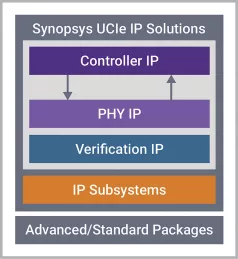
-
Die-to-Die, 112G Ultra-Extra Short Reach PHY Ported to TSMC N6 X16, North/South (vertical) poly orientation
- 16-lane TX and RX square macros for placement in any edge of the die
- Supports 2.5G to 112G data rates, enabling very high bandwidth per mm of beachfront for die-to-die and die-to-optical engine connectivity
- Implements NRZ and PAM-4 signaling
- Meets the performance, efficiency, and reliability requirements of die-to-die interconnects
